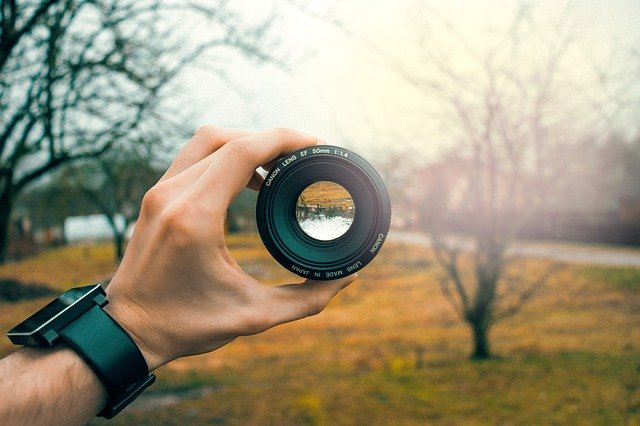
When you visit a natural wonder, it’s easy to feel small in the face of its grandeur. However, with a bit of preparation and some thoughtfulness, you can capture amazing images of these places that will transport your viewers right there with you. Here are six tips for capturing the beauty of nature’s wonders:
1. Plan ahead
Knowing the best time of day to shoot is a particular natural wonder can make all the difference in the quality of your images. For example, if you’re hoping to shoot a waterfall, try photographing it early in the morning or late in the afternoon when the light is softer and more diffuse. For example, if you were aiming to capture the entirety of the sights before you, take a look at this Iceland photography for sale and pay close attention to how the artist captures both vastness and intimacy with the subjects and time of day. Conversely, if you want to capture a landscape at its most dramatic, shoot it during the golden hour just after sunrise or before sunset. By doing this research in advance, you can ensure that you’re best prepared to capture the beauty of your chosen location.
2. Put down the gadgets
Don’t forget your camera when you’re off exploring nature. Of course, it’s not necessary to carry a heavy DSLR with multiple lenses on every outing. But smartphones are limiting in terms of their ability to take high-quality images. And while point-and-shoot cameras have gotten much better in recent years, they still can’t match the quality of DSLRs or even many fixed-lens cameras. Even if you don’t have a fancy rig, try putting down your gadget and just enjoying being out in nature.
3. Ditch the digital zoom
Digital zoom is convenient but very unsatisfying compared to optical zoom that uses your camera’s lens system. There are two reasons for this: One is that digital zoom crops the image, reducing its quality. Second, digital zoom amplifies noise in the image, which can make your photos look grainy. If you want to get closer to your subject, try moving closer to it instead of using digital zoom.
4. Use filters:
Filters are another tool that can help you capture the beauty of nature’s wonders. There are many types of filters available, but some of the most useful ones for landscape photography are neutral density filters and graduated neutral density filters. Neutral density filters reduce the amount of light entering the lens, which allows you to shoot with a longer shutter speed even in bright light. Graduated neutral density filters help balance the exposure between the bright sky and darker foreground in photos taken with a graduated ND filter.
5. Shoot in RAW
RAW files are unprocessed files that retain all the data captured by the sensor in your camera. This means that you have more latitude than with JPEGs when it comes to adjusting exposure, white balance, and other settings in post-processing. Shooting in RAW also allows you to recover details that may be lost in a JPEG image. In addition to this, RAW files are significantly bigger than JPEGs, so you’ll be able to get high-resolution images onto your memory card.
6. Get out of the car
Having a nice vehicle is great, but you’ll want to explore beyond your car window. If you stayed safely inside your car all day, you’d never get closer than 100 yards from most wildlife. By getting out of the car and hiking into nature’s wonderland, you open yourself up to capturing images that have much more character. This means that it can take longer to get the shot — perhaps even an entire day if you’re photographing large animals like bison or elk — so be prepared with food and water for yourself as well as your camera equipment. Moreover, always be aware of your surroundings and never hike off-trail or into dangerous areas.
Conclusion:
When photographing nature’s wonders, it’s important to remember a few key things; plan ahead, put down your gadgets, ditch the digital zoom, use a tripod, and shoot in raw. With these tips in mind, you’ll be able to capture amazing images of these beautiful places that will transport your viewers right there with you. Happy shooting!


